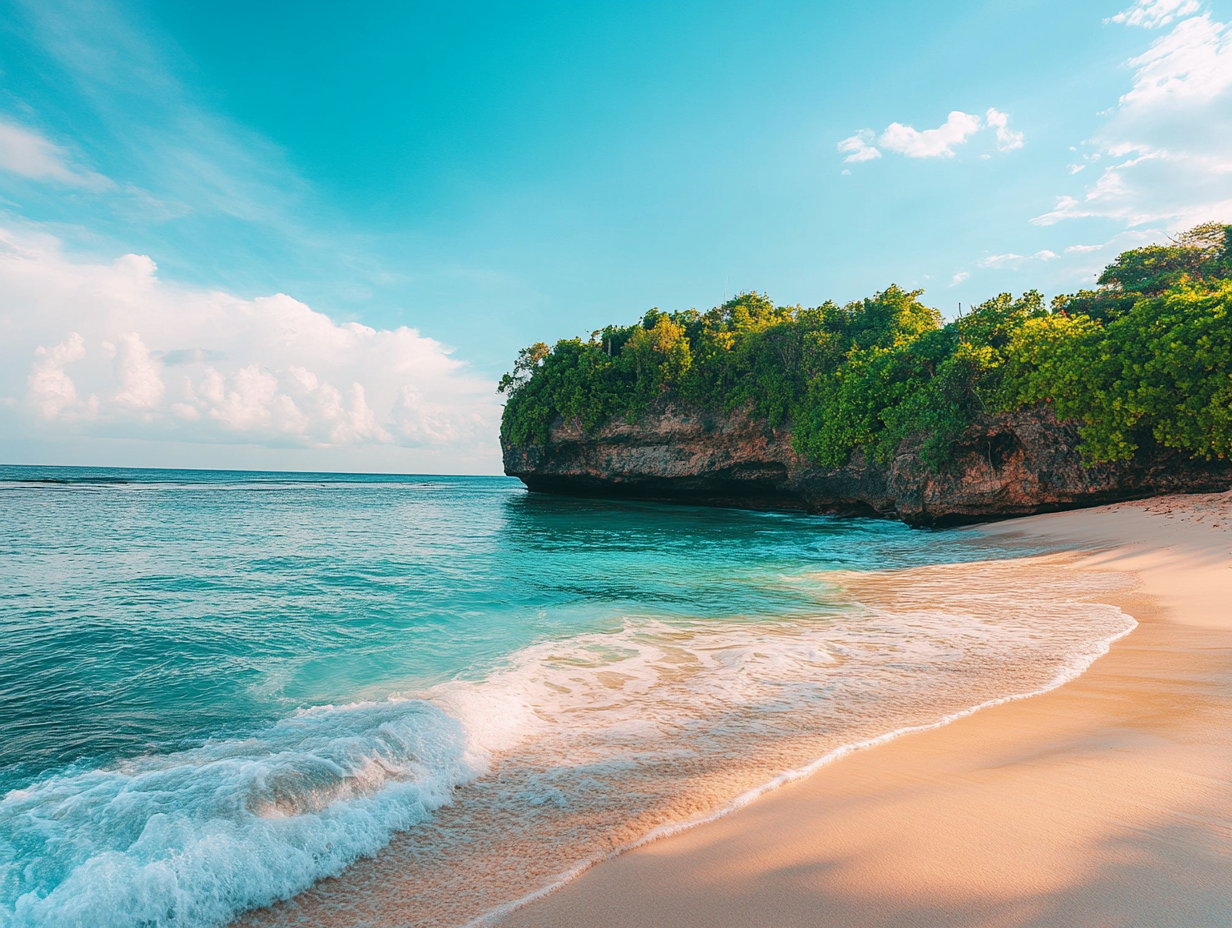Debunking travel health myths, experts advise against assuming safety based on location, like upscale resorts guaranteeing potable tap water. Prioritize well-being by resting adequately, practicing hygiene, and being cautious about food and water sources. Countering the myth of effective airplane ventilation, masks are recommended, especially during boarding.
Travel, as we all know, opens doors to adventure, but most also tend to follow myths about staying healthy on the road, which can at times derail their trip before it even starts. If you have also been there, let’s debunk five persistent myths and what we can actually try to do.
You always get sick on vacation
Many blame Murphy’s Law when they fall ill, but there are clear reasons for frequent sickness on trips. Fatigue, disrupted routines, indulgent food, and more exposure to pathogens significantly raise risk levels, especially in areas with poor sanitation. What you can do instead is rest well, avoid overindulgence, practice frequent hand-washing, wear a quality mask in crowded spaces, drink bottled water, and opt for cooked or peelable foods.
Airplane ventilation is so effective that masks aren’t necessary
It’s a common belief that cabin air purifiers do all the work, eliminating the need for masks. While ventilation systems are better than most indoor environments, they aren’t operating at full strength during boarding or disembarkation. Close proximity to others can still elevate risks. What you can do instead is wear a mask, especially during boarding and deboarding, and if somebody seated near you is not well.
Tap water at upscale resorts is always safe
Just because you’re in a luxury resort doesn’t mean the tap water is potable. There have been cases where venues used filtered water for guests, but served untreated tap water in rooms. What you can do instead is stick to that bottled or properly purified water. Only drink water or ice when you’re certain of its source, and verify that any bottled beverages are unsealed in your presence.
Traveler’s diarrhea only affects a small few
Traveller’s diarrhea affects roughly 30–70% of travelers on two-week trips, with bacteria like E. coli being the most common cause, as per the reports from Wikipedia. What you can do instead is adopt preventive steps like eating only thoroughly cooked or peeled foods, using safe water for drinking and brushing teeth, and washing hands regularly. Bring oral rehydration solutions, probiotics, fiber supplements, anti-diarrheal meds, and consult your physician if you have chronic GI conditions.
Carry-on luggage only
While appealing, this travel hack can backfire in terms of health: trying to pack everything into a carry-on may leave you without essential items like medications or hygiene supplies. Plus, the stress of underpacking can undercut your focus on health. What you can do instead is balance convenience with preparedness. Pack health essentials like medications, hygiene kits, and electrolyte solutions. If checked luggage is necessary to include these, it’s worth the cost.



